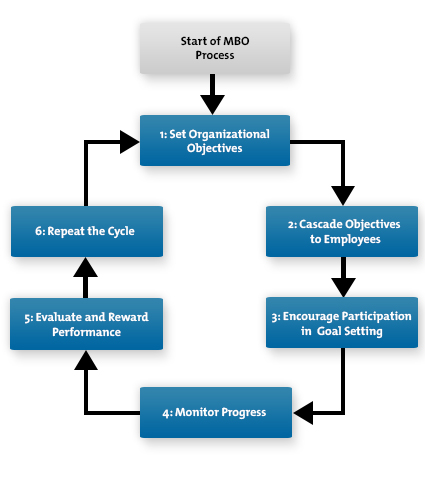One day Prof Mandi started a discussion on a very interesting topic called problem solving and decision making .The discussion was very productive and i got to learn a lot of new things which i will be sharing in this blog.
Problem Solving: Problem-solving is a mental process that involves discovering, analyzing and solving problems. The ultimate goal of problem-solving is to overcome obstacles and find a solution that best resolves the issue.
Decision Making: Decision making is the mental process resulting in the selection of a course of action among several alternatives. Every decision making process produces a final choice in an action or an opinion of choice. If a person neither takes and action nor gives an opinion, this is also decision.
3. Group Decision, Individual Implementation4. Group Decision, Group Implementation

Problem Solving: Problem-solving is a mental process that involves discovering, analyzing and solving problems. The ultimate goal of problem-solving is to overcome obstacles and find a solution that best resolves the issue.
Decision Making: Decision making is the mental process resulting in the selection of a course of action among several alternatives. Every decision making process produces a final choice in an action or an opinion of choice. If a person neither takes and action nor gives an opinion, this is also decision.
Difference Between Problem Solving and Decision Making
1. Individual Decision, Individual Implementation
2. Individual Decision, Group Implementation3. Group Decision, Individual Implementation4. Group Decision, Group Implementation
Individual Decision:-In this case decision is taken by an individual and is a fast way of decision making.
Group Decision:-In this case decision is taken by a group of individuals and the decision is made only when they reach a mutual consensus.This way takes more time.
The Steps in Problem-Solving:-

1. Problem Identification : In this step we identify the problems and prioritize them.
2. Problem Analysis : In this step we define the problem statement on the basis of all the gathered data both from internal sources and external sources.
3. Plan Development :In this step a plan is developed for tackling the problem and finding a feasible solution for it
4. Plan Implementation:In this step the solution is implemented
2. Problem Analysis : In this step we define the problem statement on the basis of all the gathered data both from internal sources and external sources.
3. Plan Development :In this step a plan is developed for tackling the problem and finding a feasible solution for it
4. Plan Implementation:In this step the solution is implemented
5. Plan Evaluation:In this the implemented solution is evaluated








